I’m writing this on a day when the temperature in London will nudge over 40°c, when the news is full stories of wildfires, droughts and collapsing glaciers, and the Secretary General of the United Nations has warned that humanity faces ‘collective suicide’. In the face of such tangible signs of climate crisis it’s more important than ever that every industry, media included, thinks deeply about the ways in which they contribute to this situation and how they can take action.
There’s no doubt that the advertising industry is taking steps in the right direction. Agencies and publishers are creating new sustainability-focused roles, the Green Claims Code aims to eradicate misleading environmental claims, and GroupM’s new Global Decarbonisation Framework appears to be both far-reaching and diligent. There are many knowledgeable and engaged people within media who are genuinely working to make things better. However, there is also a danger of this being treated as an ‘industry problem’, much like viewability or brand safety; as something to be measured, fixed and managed on a campaign-by-campaign basis.
Now, to be clear, I’m not suggesting that topics such as viewability are unimportant. Clients should of course receive value for money. But sustainability is a problem with sweeping real-world effects. The price of getting it wrong is not merely a drop in campaign performance; it’s more carbon in the atmosphere, more plastic in the oceans, more waste into landfill. And because the stakes are so high it requires us to think broadly and holistically about the effect our industry has.
Much of the work being done at present is focused on carbon calculators of various stripes, which measure the emissions created by advertising campaigns themselves. This is, of course, critical (every campaign run with The GoodNet is carbon neutral; independently measured and compensated in partnership with Scope3). Without such measurement it’s impossible to discern the ways in which emissions from advertising can be reduced and offset. It’s important that such measurement is standardised across media owners and channels, but in general carbon calculation is an important step in dealing with advertising’s Scope 3 emissions (those generated indirectly by the supply chain, rather than directly by the advertiser, agency or publisher themselves).
But there is real risk that if our industry focuses on carbon calculation, to the exclusion of all else, it ends up in a place where sustainability can be ‘ticked off’, whilst the bigger picture is missed. If our industry is serious about making a practical, substantial contribution to the challenges facing this planet we need to think about the ways in which we influence people’s behaviour at mass scale towards more sustainable modes of living. You may well have seen the estimate from Purpose Disruptors that advertising adds 28% to the carbon footprint of every person in the UK. But it’s worth noting that this number is rooted in the effect advertising has on purchase behaviour, rather than energy costs of ad campaigns alone. This shows the huge influence our industry has on people’s behaviour, and the opportunity it has to change that behaviour for the better.
Some of this is about media choice. Now, I understand that advertisers are reluctant to weigh in on the editorial positioning of media owners. But in truth they already do, at the extremes. The whole idea behind Stop Funding Hate is that a brand’s ad dollars shouldn’t fund digital outlets that spread hatred and misinformation. We believe that there is a higher bar to aspire to here; where brands can look to achieve their campaign outcomes whilst investing into media that genuinely encourages and inspires people to make positive changes in their day to day lives.
The alternative is dispiriting: a scenario in which a platform could be included on ‘green’ plans because they are offsetting campaign emissions to make their media ‘net zero’, and all the while publishing content that exhorts people to carry on as usual.
The truth is that advertising is uniquely placed to influence consumer behaviour: directly through the products that brands inspire us to buy, and indirectly through the content that is funded by those ad dollars. And the good news is that if our industry can influence people’s behaviour, that means we can influence it for the better.
Measuring and manging the carbon emissions of ad campaigns is a critically important, and it’s a topic that deserves all the time, attention and airtime it’s getting. But advertising can make a significant, practical, and positive difference to our planet and its population in ways that go far beyond that. It’s a route for brands to promote more ethical product options, from sustainably produced food or fashion to green investment portfolios. It’s a means of funding publishers whose content inspires and educates people to live more sustainably. It could be amongst the most powerful tools in existence for changing behaviour in the right direction.
The risk is that our carbon calculators let us tick that sustainability box whilst missing the bigger opportunity to play a vital role in helping drive change for the benefit of both people and planet.


